- About us
- Support the Gallery
- Venue hire
- Publications
- Research library
- Organisation chart
- Employment
- Contact us
- Make a booking
- Onsite programs
- Online programs
- School visit information
- Learning resources
- Little Darlings
- Professional learning
Henry Chamberlain Russell CMG (1836–1907) (third from left), started work at the Sydney Observatory after graduating from the University of Sydney in 1859. By 1870 he’d been appointed government astronomer and was one of nineteenth-century Sydney’s leading scientists, photographing astronomical events, designing instruments for the Observatory, and expanding the colony’s network of weather stations and observers. From early 1877 he released a daily weather map – which may or may not have prompted an assassination attempt on him that year. Involved in the establishment of technical education in New South Wales, Russell was the first University of Sydney graduate to be elected to the Royal Society and also served as the university’s vice chancellor. His daughter, Jane Foss Russell (1863–1937) (right), was the second woman to gain a MA from Sydney University and a founder of the Women’s College.
Charles Bayliss was sixteen when he met Beaufoy Merlin, an itinerant photographer and showman. Aged 20, Bayliss began working as Merlin’s assistant. Between 1870 and 1873 (when Merlin died), they travelled throughout NSW and Victoria having been commissioned by entrepreneur Bernhard Otto Holtermann to create a ‘travelling exposition’ that Holtermann hoped would promote immigration to both colonies. From 1874 onwards, Bayliss created a celebrated series of panoramas of Sydney, and won several prestigious government commissions. He operated his own studios in Sydney from 1876, creating a vast number of landscape and urban views – as well as portraits – that constitute an exhaustive, evocative record of New South Wales in an era of unparalleled expansion and prosperity.
Gift of Joanna Russell Maher (née Windeyer) 2018
Mrs Joanna Maher (3 portraits)
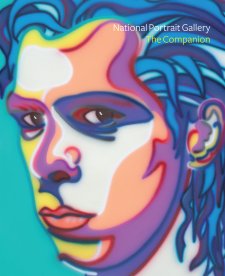
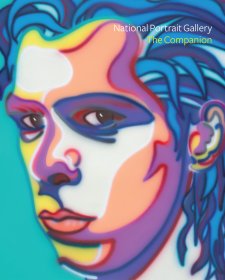

On one level The Companion talks about the most famous and frontline Australians, but on another it tells us about ourselves.
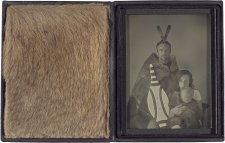
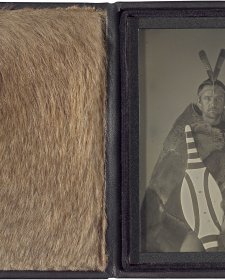
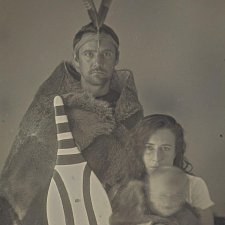
This sample of 56 photographs takes in some of the smallest photographs we own and some of the largest, some of the earliest and some of the most recent, as well as multiple photographic processes from daguerreotypes to digital media.

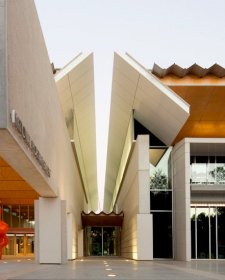
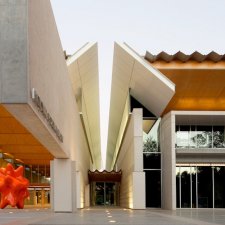
Visit us, learn with us, support us or work with us! Here’s a range of information about planning your visit, our history and more!